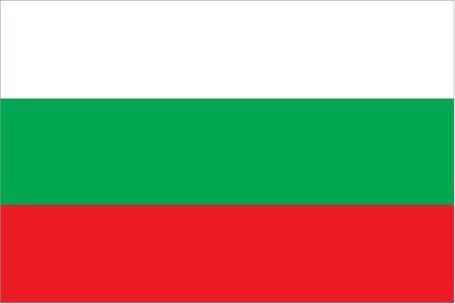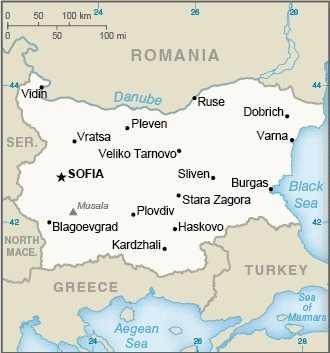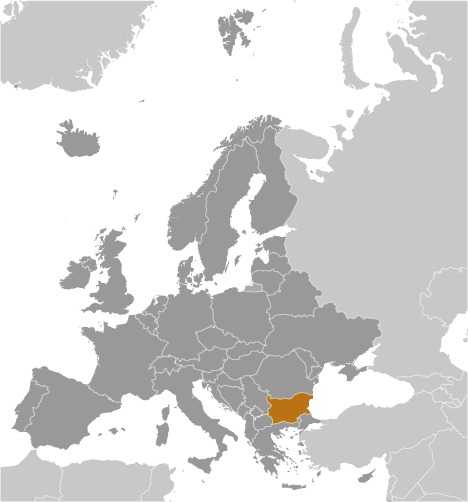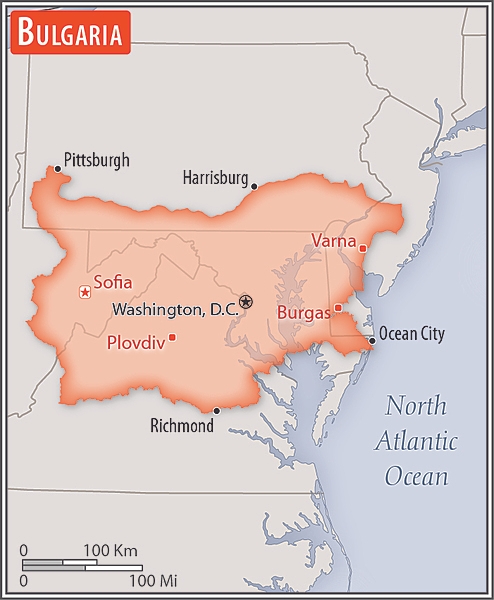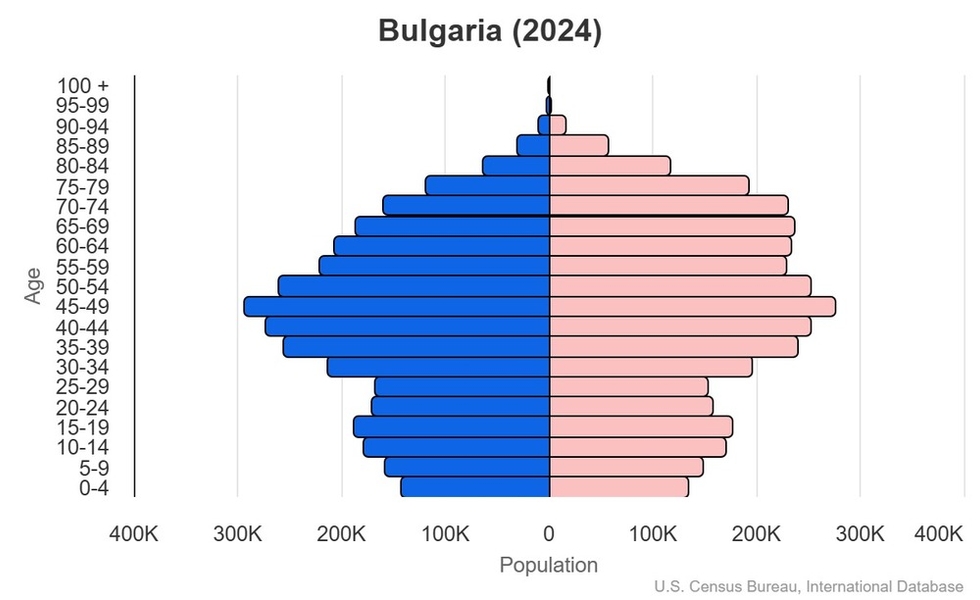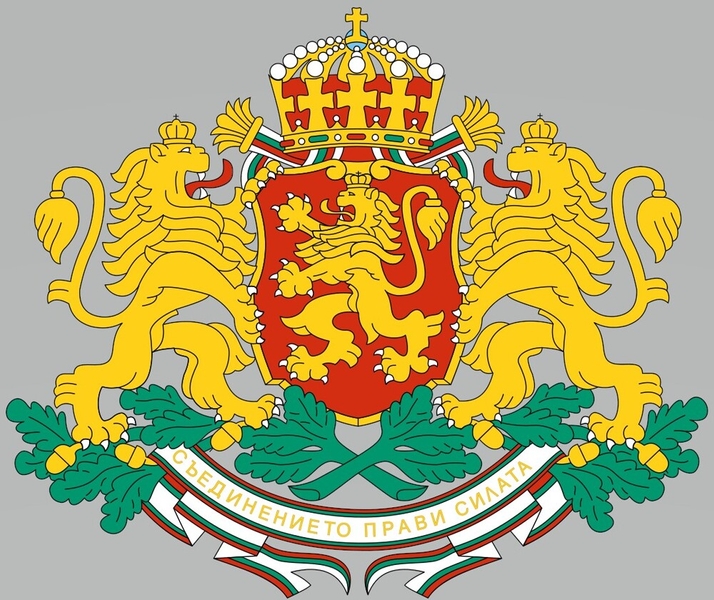Introduction
Visit the Definitions and Notes page to view a description of each topic.
Geography
People and Society
Population
comparison rankings: total 107; male 107; female 106
Languages
Median age
comparison ranking: total 19
Population growth rate
comparison ranking: 226
Birth rate
comparison ranking: 216
Death rate
comparison ranking: 7
Net migration rate
comparison ranking: 111
Maternal mortality ratio
comparison ranking: 168
Infant mortality rate
comparison ranking: total 149
Life expectancy at birth
comparison ranking: total population 118
Total fertility rate
comparison ranking: 202
Obesity - adult prevalence rate
comparison ranking: 53
Alcohol consumption per capita
comparison ranking: total 9
Tobacco use
comparison ranking: total 12
Children under the age of 5 years underweight
comparison ranking: 110
Education expenditure
comparison ranking: Education expenditure (% GDP) 85
Environment
Carbon dioxide emissions
comparison ranking: total emissions 71
Government
Economy
Real GDP (purchasing power parity)
comparison ranking: 74
Real GDP growth rate
comparison ranking: 127
Real GDP per capita
comparison ranking: 70
Inflation rate (consumer prices)
comparison ranking: 68
GDP - composition, by sector of origin
comparison rankings: agriculture 148; industry 114; services 71
Industrial production growth rate
comparison ranking: 102
Labor force
comparison ranking: 107
Unemployment rate
comparison ranking: 68
Youth unemployment rate (ages 15-24)
comparison ranking: total 102
Gini Index coefficient - distribution of family income
comparison ranking: 52
Public debt
comparison ranking: 166
Taxes and other revenues
comparison ranking: 48
Current account balance
comparison ranking: 148
Reserves of foreign exchange and gold
comparison ranking: 48
Debt - external
comparison ranking: 42
Energy
Electricity
comparison rankings: installed generating capacity 59; consumption 65; exports 30; imports 48; transmission/distribution losses 123
Energy consumption per capita
comparison ranking: 47
Communications
Telephones - fixed lines
comparison ranking: total subscriptions 84
Telephones - mobile cellular
comparison ranking: total subscriptions 102
Broadband - fixed subscriptions
comparison ranking: total 56
Transportation
Merchant marine
comparison ranking: total 100

